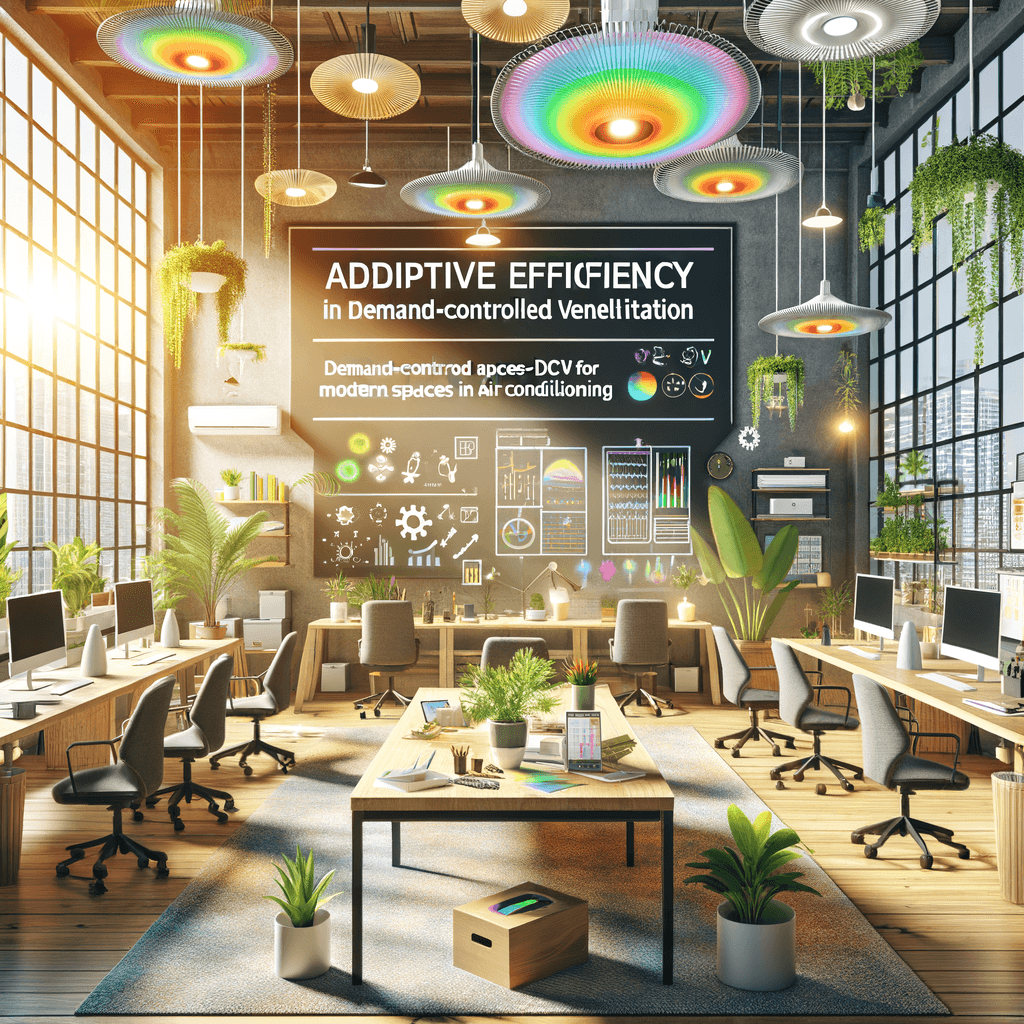
Exploring Demand-Controlled Ventilation (DCV) in Air Conditioning: Adaptive Efficiency for Modern Spaces
By Total Care Air Conditioning Wed Oct 08 20257 minutes

What Is Demand-Controlled Ventilation (DCV)?
Demand-controlled ventilation (DCV) is an intelligent HVAC strategy that automatically adjusts the amount of outdoor air supplied to a building based on real-time occupancy or air quality measurements. Unlike traditional systems with fixed ventilation rates, DCV leverages advanced sensors and controls to deliver precisely the right amount of fresh air, reducing energy waste and maintaining optimal indoor air quality.“DCV systems represent a pivotal shift from static to responsive ventilation, enabling significant energy savings without compromising occupant health.”
How DCV Works: The Science Behind Adaptive Ventilation
DCV systems utilize a network of sensors—most commonly carbon dioxide (CO2) sensors, but also volatile organic compound (VOC) and occupancy sensors—to monitor air quality and population density within a space. When elevated CO2 or occupancy is detected, the system increases ventilation; when the space is underutilized, airflow is reduced. This dynamic response curtails unnecessary energy use while maintaining regulatory compliance and comfort.Key Benefits of Implementing DCV in Air Conditioning Systems
- Substantial reduction in energy consumption and utility costs, especially in buildings with variable occupancy.
- Enhanced indoor air quality by responding to real-time pollutant levels.
- Compliance with ASHRAE and other ventilation standards without over-ventilating.
- Reduced HVAC system wear due to lower run times and demand.
- Improved occupant comfort and productivity through stable indoor environments.
DCV Technologies: Sensors, Controls, and Integration
The core of any DCV system is its sensor array, which feeds live data to a central controller or building management system. Integration with smart thermostats, variable air volume (VAV) boxes, and energy recovery ventilators (ERVs) enhances precision. Modern DCV setups can be retrofitted into existing air conditioning infrastructure or installed as part of new, high-performance buildings.Comparing DCV to Traditional Ventilation Approaches
To illustrate the advantages of DCV, consider the following comparison with conventional constant-volume ventilation systems. DCV’s adaptive nature often results in significant operational savings and better alignment with occupant needs.| Feature | Traditional Ventilation | DCV |
| Airflow Rate | Fixed | Variable, demand-based |
| Energy Use | Higher, often excessive | Lower, optimized |
| Occupant Comfort | Can fluctuate | Consistently maintained |
| Maintenance | Standard | Potentially reduced due to less system strain |
Common Mistakes and Myths About DCV
- Believing DCV is only suitable for commercial buildings—modern solutions exist for residential applications as well.
- Assuming DCV always requires expensive, complex retrofits—many systems are modular and scalable.
- Overlooking sensor calibration, which is essential for accurate operation.
- Thinking DCV reduces air quality—properly configured systems maintain or even improve IAQ.
FAQs: What Building Types Benefit Most from DCV?
DCV is particularly effective in environments with fluctuating occupancy such as offices, schools, conference centers, and multifamily residences. However, even smaller residential spaces with variable usage patterns can realize efficiency gains with the right setup.Future Innovations: AI and Predictive Analytics in DCV
Emerging DCV solutions are harnessing artificial intelligence and predictive analytics to anticipate occupancy trends and air quality events. By learning from historical data, these systems can preemptively adjust ventilation, further optimizing energy use and comfort.“The future of air conditioning lies in systems that think ahead, not just react—AI-driven DCV is leading the way.”